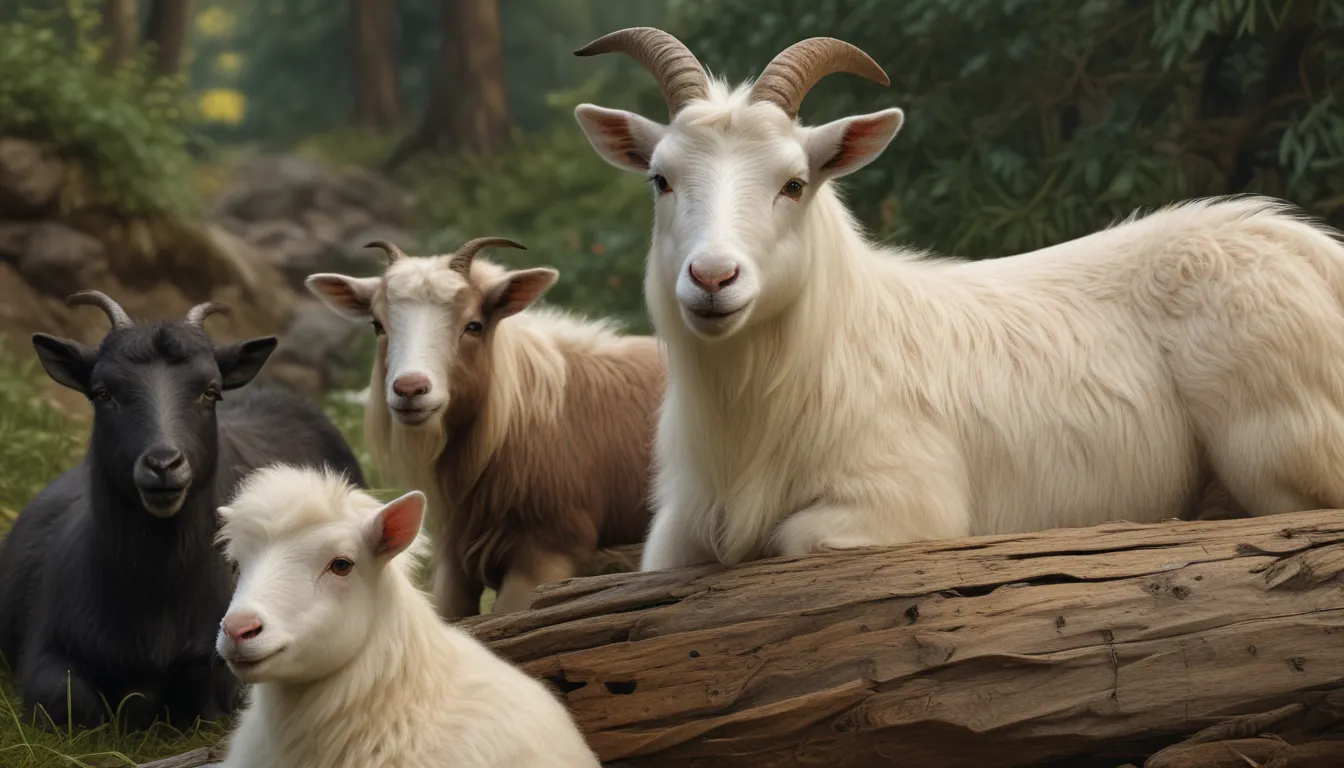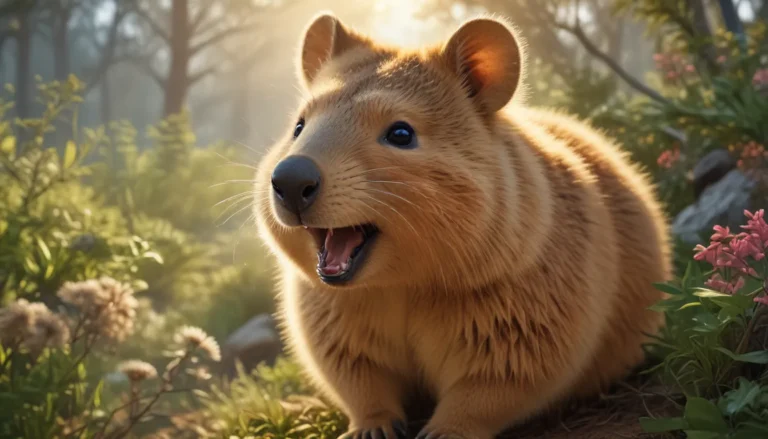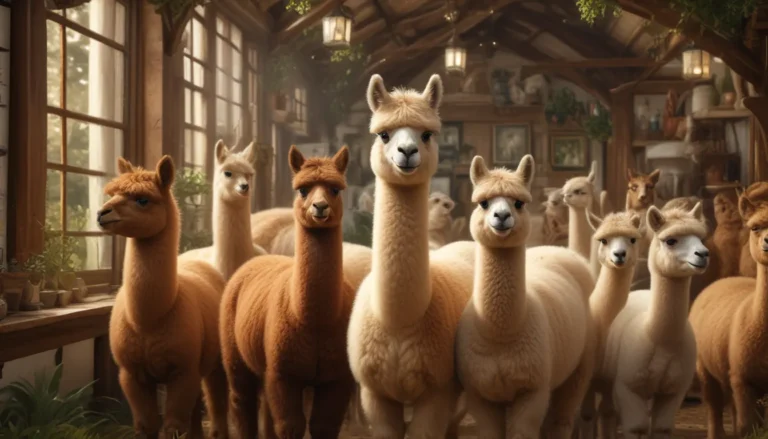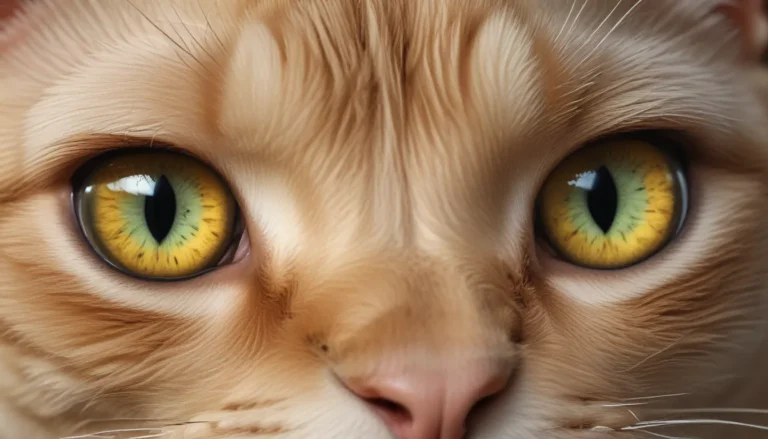The pictures we use in our articles might not show exactly what the words say. We choose these pictures to make you interested in reading more. The pictures work together with the words but don’t take their place. The words still tell you the important facts.
Pygmy goats may not be the first animals that come to mind when you think of pets, but these unique companions offer a special charm and potential for livelihood. With their smaller size, pygmy goats can provide valuable resources such as fabric from their coats and milk for cheese production. However, tending to these pets requires dedication and knowledge. Explore the world of pygmy goats with these intriguing facts and learn how to care for these fascinating creatures.
Discovering Pygmy Goat Wonders
- A typical pygmy goat weighs between 23 and 29 kg and stands 40 to 50 cm tall.
- These goats can live up to 15 years with proper care.
- Female pygmy goats stay pregnant for 4 to 5 months and usually give birth to pairs of kids, but litters of up to 3 kids are possible.
- Females produce 1 to 2 liters of milk for 6 months after giving birth, with no seasonal breeding limits.
- Pygmy goats originated from West Africa and were introduced to American zoos between 1930 and 1960.
- The American pygmy goat breed emerged in 1975, forming its own association and establishing a herd book.
Unveiling Distinctive Features
- Pygmy goats have stockier builds and come in seven colors, including white, caramel, grey, and black.
- They are closely related to the Nigerian Dwarf breed, with differences in build and appearance.
- Breeding American pygmy goats with Nubian and Angora breeds created two new breeds: Kinder goats and Pygora goats.
- Kinder goats have longer legs and produce milk with high milk solids suitable for cheese making.
- Pygora goats' fur is ideal for clothing and textile arts, like knitting and weaving.
Protecting the Pygmy Goat Heritage
- In 2007, the United Nations Food and Agriculture Organization listed American pygmy goats as an endangered species.
- The FAO further classified the breed as having vulnerable diversity in 2019, recognizing its unique genetic heritage.
Caring for Your Pygmy Companion
- Provide a spacious shed with proper ventilation and heating, along with at least 1000 square meters of outdoor space.
- Maintain a diet of natural grass, hay, fruits, and vegetables rich in Vitamin A and D.
- Monitor your pet's health with regular vaccinations, lice checks, worm tests, and hooves trimming.
- Consider keeping pygmy goats in pairs to fulfill their social needs and prevent loneliness.
- Engage in regular interactions and play to keep them mentally and physically active.
- Train your pygmy goat to respond to its name with positive reinforcement and unique name choices.
Navigating Relationships and Legalities
- Avoid keeping pygmy goats with dogs due to predatory instincts, but they get along well with chickens and other farm animals.
- Check local laws and regulations before acquiring a pygmy goat as a pet to avoid legal issues or fines.
- Consider removing horns for safety and choose female goats to avoid potential unpleasant odors.
Embrace the wonder of pygmy goats as unique companions and valuable assets. By understanding their needs and characteristics, you can create a harmonious environment for these remarkable creatures. Explore the world of pygmy goats and embark on a fulfilling journey of companionship and care.






